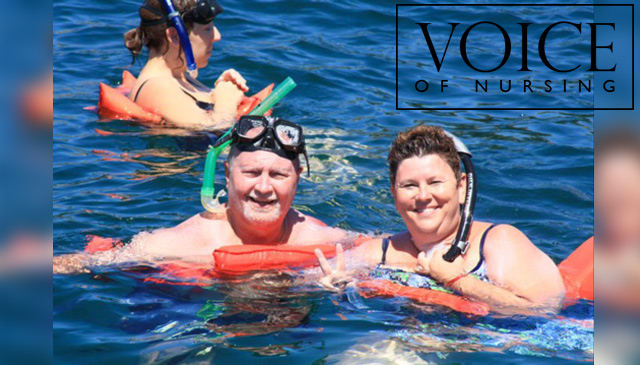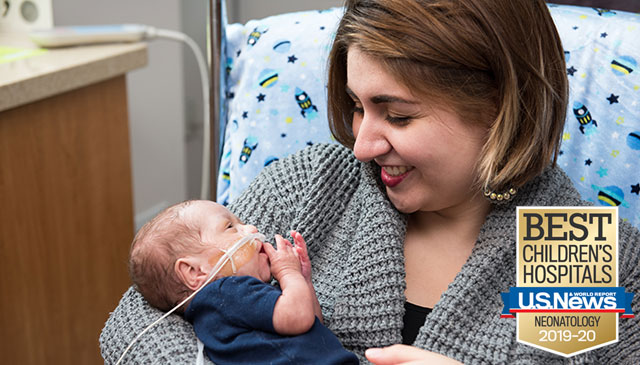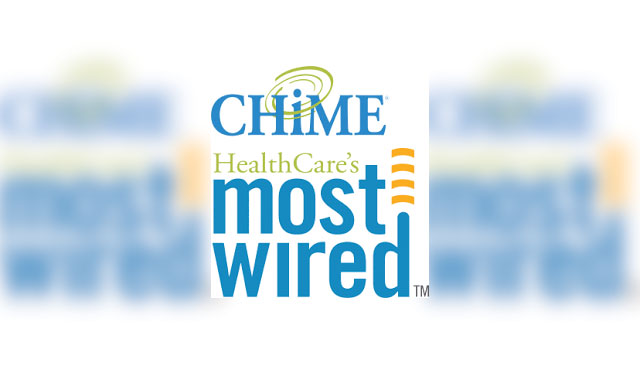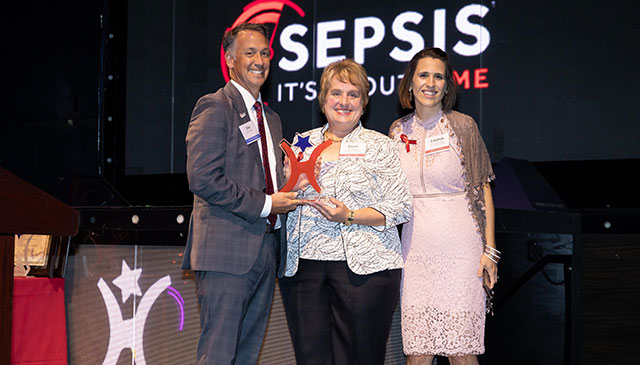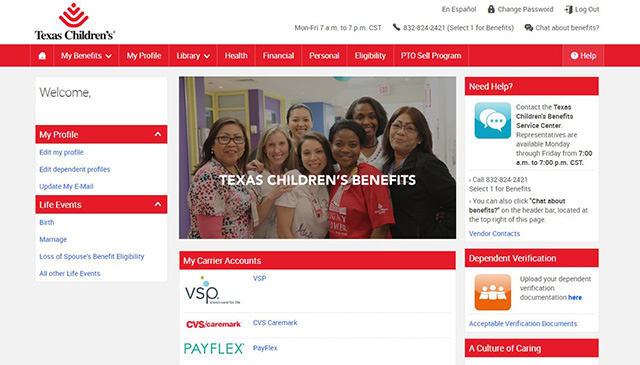Just a few months after being named the No. 1 destination in the country for pediatric cardiology and cardiac surgery for the third straight year, Texas Children’s Heart Center® is celebrating another milestone.
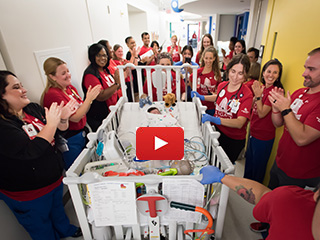
One year ago, on September 25, the Heart Center made the historic move into its new home in Lester and Sue Smith Legacy Tower.
Watch the video of move day.
The entire day was a carefully orchestrated ballet of coordination.
“The move to the Heart Center was the culmination of two years of preparation and was a momentous day for us all,” said Chief of Critical Care Dr. Lara Shekerdemian. “There were lots of moving parts all working together in concert, which was incredible. The entire day was a testament to collaboration and great planning.”
Six specially trained teams made up of more than 200 members transported 64 heart patients, some critically ill, safely to their new, state-of-the-art rooms. The patients ranged in age from 3 days to 22 years. As units in the new tower prepared for patients’ arrival, team members in a command center were monitoring patients’ conditions, making sure facilities were ready, and stationing support teams along the travel routes in case of emergency.
“Fortunately, we had experience since we had moved the pediatric and the transitional intensive care units over to the new building in the months prior to the Heart Center move,” said Maria Happe, Texas Children’s nurse practitioner and clinical project manager for Lester and Sue Smith Legacy Tower. “There was a lot of excitement and tons of activity in each unit as we were getting patients, parents and teams ready to move.”
Settling in
The new Heart Center was designed from top to bottom with families in mind. One of the most important difference-makers that Heart Center staff and employees are quick to point out is the ability for families to stay together while a child receives care.
“Being able to have parents in the rooms with their children, for them to be able to comfortably stay in the space, has been a huge improvement, said Carmen Watrin, director of nursing for inpatient units. “It’s also made families essentially a part of the care team, which has been phenomenal. The families are so grateful.”
The new space also increased desperately needed care capacity. During one especially difficult period in 2013, spatial constraints rendered Texas Children’s incapable of accepting additional transports of critically ill children. We were simply too full. This prompted the historical expansion of critical, surgical and emergency care capacity that included the construction of Lester and Sue Smith Legacy Tower.
“We never want to be in a position where we say no to a family or to a child,” said Chief of Cardiovascular Anesthesiology Dr. Emad Mossad. “This new setting has given us the privilege, and the space and resources, to be able to serve as many patients as come our way. It’s been a great thing to move to a new space, a new place, a fresh start, and to have the capacity to be able to say yes to families who are seeking our help.”
In addition to new space, the Heart Center has been on a mission to ensure that it has the staff needed to deliver the highest possible level of care. One example has been the onboarding of over one hundred new nurses to ensure that nurse-to-patient ratios are always at the optimum level. There’s also no substitution for experience, especially in health care, which is why in the months leading up to the Heart Center move, cardiac intensive care unit (CICU) leadership worked not only to recruit the best nurses, but also to retain them. As a result, the number of CICU nurses with greater than two years’ experience has increased over the past year, which helps improve the overall quality of the team.
Eyes on the future
With a year now in the books, the No. 1 heart center in the country is focused on continuing to deliver the best care, but also to improving wherever possible and to growing as a team.
“I’m looking forward to further consolidating the concept of a heart center as something that we all are part of,” said Chief of Congenital Heart Surgery Dr. Christopher Caldarone. “We all have allegiances to many things – to our community, to our families, to our homes, to the hospital, to our academic department. Over the next year, we want to continue creating a culture here in the Heart Center where people feel like they are truly a part of this big team.”
Additionally, the Heart Center is looking forward to growing care capabilities, including an expansion of the Adult Congenital Heart Disease (ACHD) program. Over the course of the next year, the Heart Center will develop a dedicated center for adults with congenital heart disease, where they will be treated by specialists who recognize and understand their unique needs.
“This expansion will be a huge statement by Texas Children’s Hospital,” said Chief of Pediatric Cardiology Dr. Daniel Penny. “There should never be an expiry date on the care of children with congenital heart disease as they transition to adulthood. Our ACHD team already provides amazing care, but with this expansion, all aspects of care for adults with congenital heart disease will be available on one dedicated unit. It’s an exciting time at Texas Children’s Heart Center.”
Learn more about the world-class care and services provided at Texas Children’s Heart Center.



